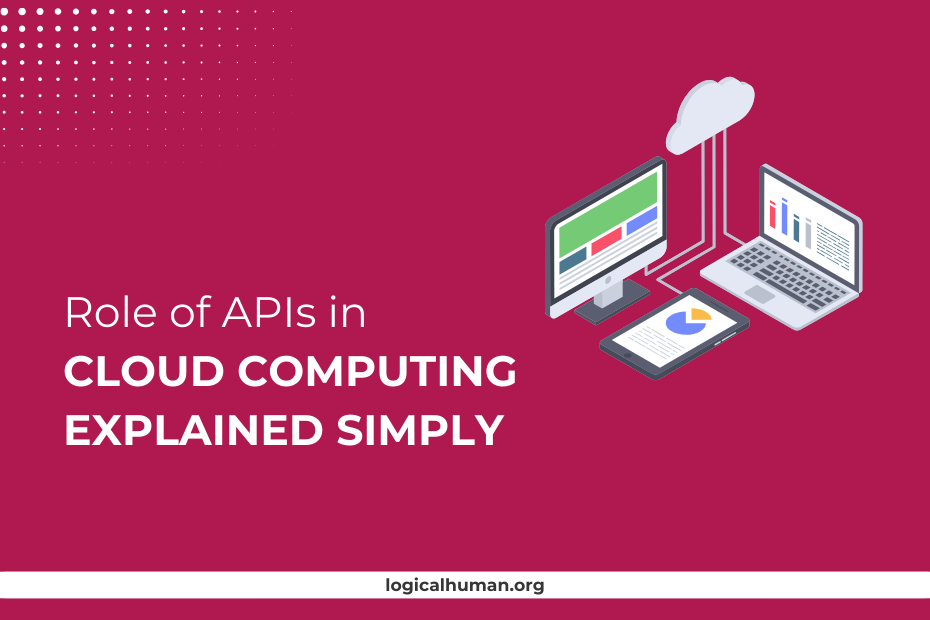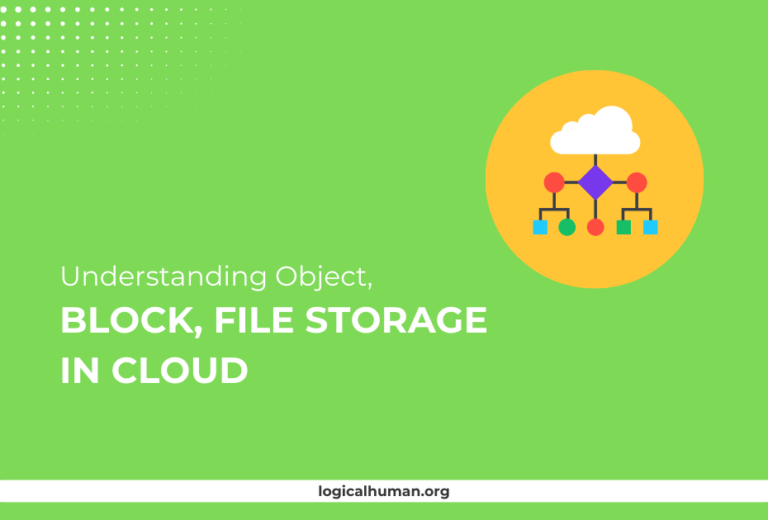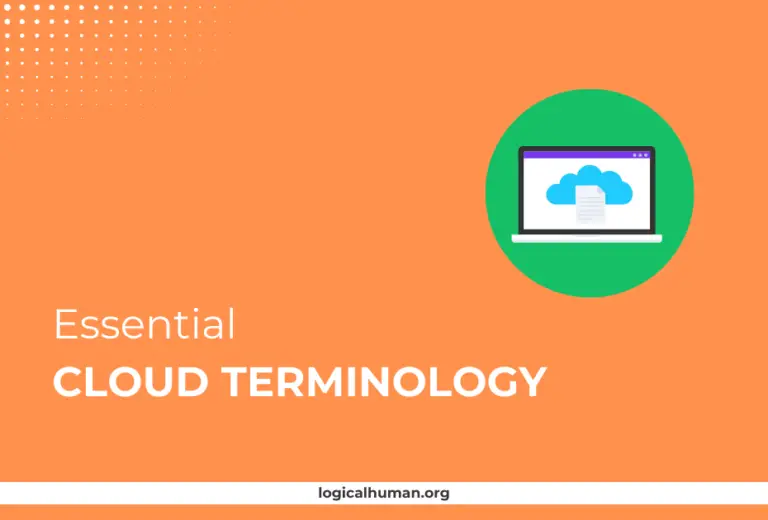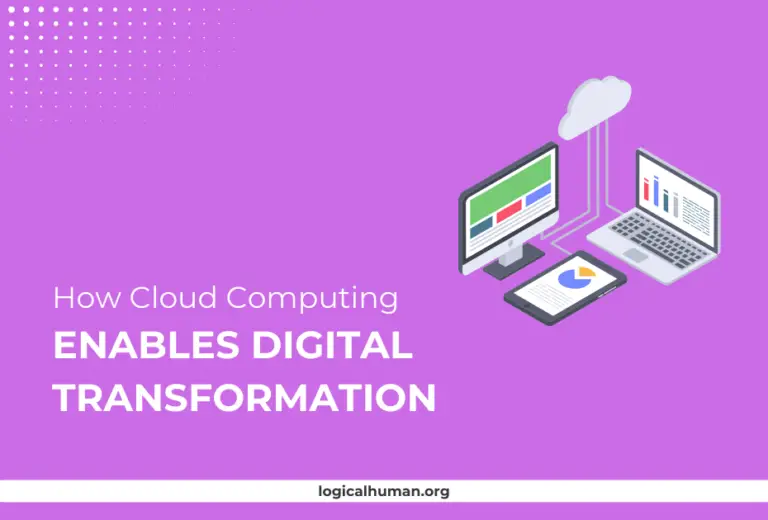Cloud computing has become an essential part of modern business, providing scalable resources and services that power applications and systems worldwide. But what makes this seamless interaction between cloud services possible? The answer lies in APIs. In this article, we’ll break down the role of APIs in cloud computing in a way that’s easy to understand.
Understanding the Basics of APIs and Cloud Computing
What is an API?
An Application Programming Interface (API) is like a bridge that allows different software applications to communicate with each other. Think of it as a waiter taking your order in a restaurant. You don’t need to know how the kitchen prepares your meal; you just tell the waiter what you want, and they bring it to you. Similarly, APIs let one application request data or functionality from another without needing to know the internal workings of that system.
What is Cloud Computing?
Cloud computing refers to the delivery of computing services—such as storage, databases, networking, and software—over the internet. Instead of owning their own computing infrastructure, businesses can rent access to these resources from cloud providers like AWS, Google Cloud, or Microsoft Azure.
How APIs Power Cloud Computing
APIs as the Glue of Cloud Services
APIs are the backbone of cloud computing. They connect different cloud services, enabling them to work together seamlessly. This “glue” makes it possible for businesses to build complex applications that leverage multiple cloud services without the need for deep integration work.
Enabling Seamless Integration
When you use cloud services, you might need to connect your application to a database, an authentication service, or a machine learning model. APIs make these connections straightforward, allowing different services to communicate and work together as a unified system.
Automating Workflows and Processes
APIs are not just for integrating services; they’re also crucial for automation. By making API calls, you can automate repetitive tasks like scaling servers, backing up data, or running diagnostics, saving time and reducing human error.
Types of APIs in Cloud Computing
Public APIs
Public APIs are open to any developer who wants to access a cloud provider’s services. These are often used to add features to third-party applications, such as integrating Google Maps into a delivery app.
Private APIs
Private APIs are restricted to internal use within an organization. They’re used to connect different systems and applications within a business, enhancing efficiency and security.
Partner APIs
Partner APIs are shared with specific third-party partners. For instance, a cloud provider might offer partner APIs to allow a software vendor to access its platform and build integrations for their clients.
Composite APIs
Composite APIs allow developers to make a single API call to retrieve data from multiple services. This is particularly useful in cloud computing, where an application may need to pull information from several sources to complete a single task.
| API Type | Description | Use Cases | Examples |
|---|---|---|---|
| Public APIs | Open to developers and accessible over the internet | Adding third-party features to apps. | Google Maps API, Twitter API |
| Private APIs | Restricted to internal use within an organization. | Connecting internal systems securely. | Internal company APIs, CRM integration |
| Partner APIs | Shared with specific third-party partners. | Facilitating partnerships and integrations. | Payment gateways, logistics APIs |
| Composite APIs | Combine multiple APIs to perform a single task. | Fetching data from multiple sources. | Combining social media data and analytics APIs. |
Key Roles of APIs in Cloud Computing
APIs for Service Integration
APIs enable different cloud services to talk to each other. For example, an e-commerce site might use a payment gateway API to process payments, a shipping API to handle deliveries, and a CRM API to manage customer information—all while ensuring these services work together smoothly.
How APIs Connect Different Cloud Services
In cloud computing, services like storage, databases, and machine learning need to work together. APIs enable these services to exchange information and coordinate actions, allowing businesses to create sophisticated systems without having to build everything from scratch.
Real-World Examples of API-Driven Integrations
Consider a mobile app that allows users to book hotel rooms. The app might use APIs to check room availability (hotel service), process payments (payment gateway), and send booking confirmations (email service). Each of these functions relies on APIs to work together seamlessly.
APIs for Data Management
Managing data across multiple cloud platforms can be challenging. APIs make it easier by providing standardized ways to access, transfer, and manage data.
Facilitating Data Transfers Across Platforms
APIs enable the secure transfer of data between different cloud services, such as moving files from a cloud storage service to a data analytics platform. This makes it easier to leverage data stored in various locations without manual intervention.
Securing Data with API Gateways
API gateways act as intermediaries that handle all API requests, providing security features like authentication and rate limiting. This ensures that data is protected as it moves between cloud services.
APIs for Scalability and Flexibility
One of the biggest advantages of cloud computing is its ability to scale resources up or down based on demand. APIs play a crucial role in this process.
Scaling Resources with API Calls
APIs allow you to automatically scale cloud resources, such as adding more servers during high traffic periods and reducing them when demand decreases. This flexibility ensures that applications run smoothly without overpaying for unused resources.
Enhancing Flexibility and Customization
With APIs, developers can customize cloud services to meet their specific needs. For example, they can use APIs to modify how data is processed, stored, and retrieved, creating a tailored solution that fits their business requirements.
APIs for Security and Compliance
Security is a top concern in cloud computing, and APIs are pivotal in implementing and maintaining security measures.
API Security Best Practices
Using secure authentication methods like OAuth, validating inputs, and limiting access based on user roles are some of the best practices for API security. These practices help prevent unauthorized access and protect sensitive data.
Compliance and Monitoring with APIs
APIs can also help with compliance by providing tools to monitor data flows and enforce policies. For example, an API might restrict data transfers to comply with GDPR regulations, ensuring that personal data is handled appropriately.
APIs for Automating Cloud Operations
APIs are key to automating cloud operations, making it easier to manage complex cloud environments.
Automating Infrastructure Management
APIs can automate tasks like provisioning new servers, configuring networks, and deploying applications. This reduces the need for manual intervention and speeds up the deployment process.
Simplifying DevOps with API Integrations
APIs enable DevOps teams to integrate various tools and platforms, streamlining the development and deployment processes. This results in faster release cycles and more reliable applications.
APIs for Building Cloud-Native Applications
APIs are foundational to building cloud-native applications, which are designed to take full advantage of cloud environments.
Benefits of API-Driven Development
APIs allow developers to build modular, reusable components that can be easily integrated and scaled. This approach reduces development time and makes it easier to update and maintain applications.
Microservices and Serverless Architecture
Cloud-native applications often use a microservices architecture, where each service has its own API. This modularity enhances flexibility and resilience. Similarly, serverless computing relies on APIs to trigger functions and manage resources without traditional servers.
Cloud APIs in Action
Google Cloud APIs for AI and Machine Learning
Google Cloud offers APIs for services like natural language processing, image recognition, and machine learning, enabling developers to add sophisticated features to their applications without extensive knowledge of AI.
AWS APIs for Storage and Computing
Amazon Web Services (AWS) provides APIs for virtually all its services, from simple storage and computing to complex machine learning and analytics, allowing for easy integration and management of resources.
Microsoft Azure APIs for App Development
Azure offers APIs that support a wide range of development activities, including database management, IoT integration, and container orchestration, making it a versatile platform for building cloud applications.
The Future of APIs in Cloud Computing
Evolving Trends in Cloud APIs
The role of APIs in cloud computing is evolving, with new trends shaping how they are used and managed.
API Standardization and Interoperability
As more businesses adopt multi-cloud strategies, the need for standardized APIs that work across different platforms is growing. This will make it easier to move workloads between providers without significant changes to the code.
API Gateways and Management Tools
API gateways are becoming more sophisticated, offering advanced features like traffic management, security, and analytics. These tools will be essential for managing the increasing complexity of cloud environments.
The Rise of API-First Strategies
Many companies are adopting an API-first approach, where APIs are developed before the rest of the application. This ensures that services are easily accessible and can be integrated with other systems from the start.
Wrapping Up the Role of APIs in Cloud Computing
APIs are the unsung heroes of cloud computing, enabling seamless integration, automation, and scalability. Whether you’re building a simple application or managing a complex cloud environment, understanding how to leverage APIs is crucial. As cloud computing continues to evolve, APIs will play an even more significant role, shaping the future of technology and business.
FAQs
What is the main role of APIs in cloud computing?
APIs enable seamless communication between different cloud services, allowing them to work together efficiently and making it easier to integrate, manage, and automate various tasks within the cloud.
How do APIs improve cloud security?
APIs provide secure access points for services, enabling authentication, authorization, and data encryption. API gateways also help monitor and control access, ensuring compliance with security standards.
What are some examples of cloud APIs?
Examples include Google Cloud’s AI APIs for machine learning, AWS’s S3 API for storage management, and Microsoft Azure’s Graph API for accessing directory and identity data.
How do APIs support cloud scalability?
APIs allow cloud resources to be scaled dynamically based on demand. For example, an API call can be used to add more computing power or storage space when needed and reduce them when demand decreases.
What is the future of APIs in cloud computing?
The future of APIs in cloud computing includes greater standardization, more advanced management tools, and a shift towards API-first development strategies, making cloud services more accessible and versatile.



